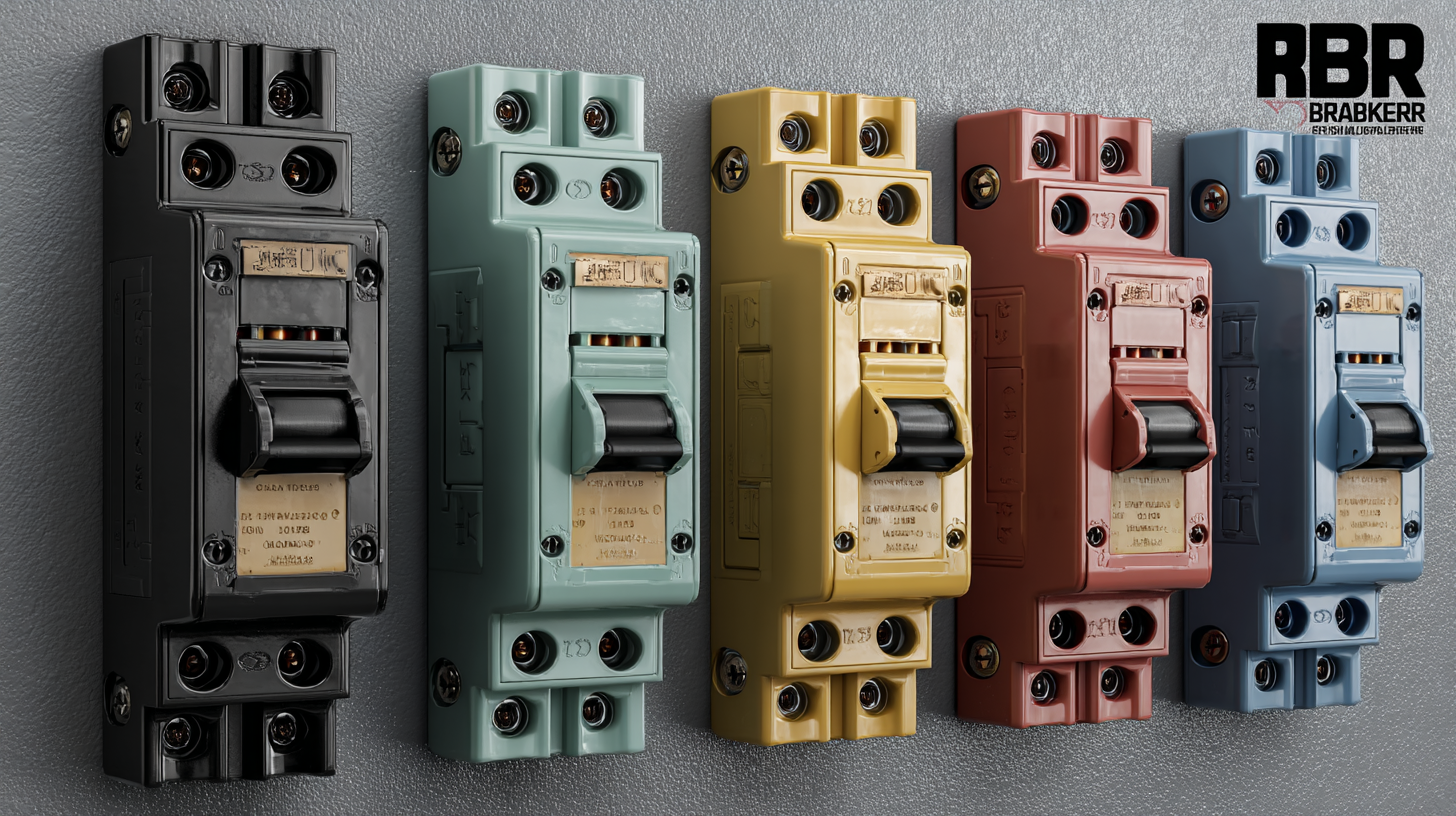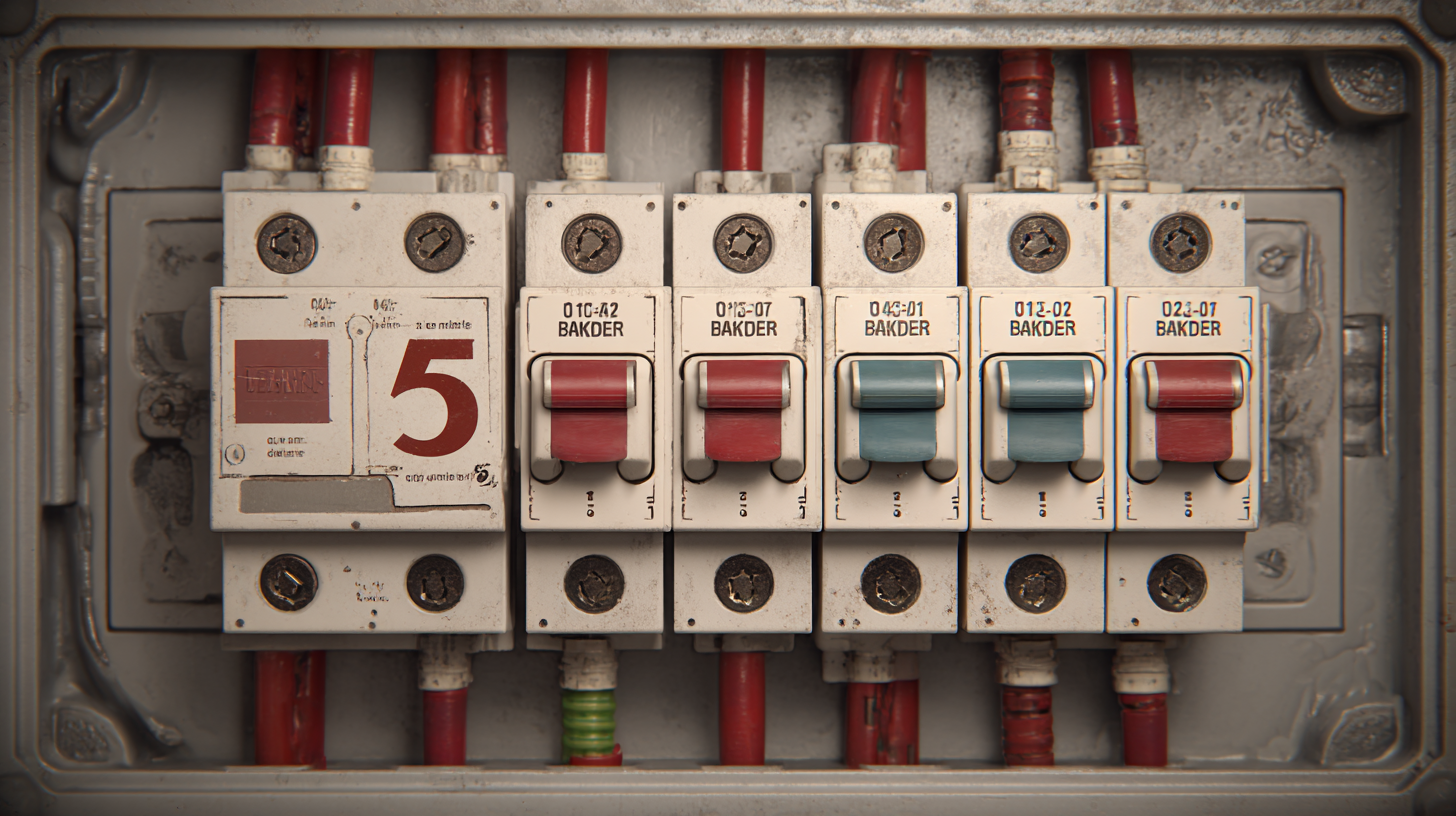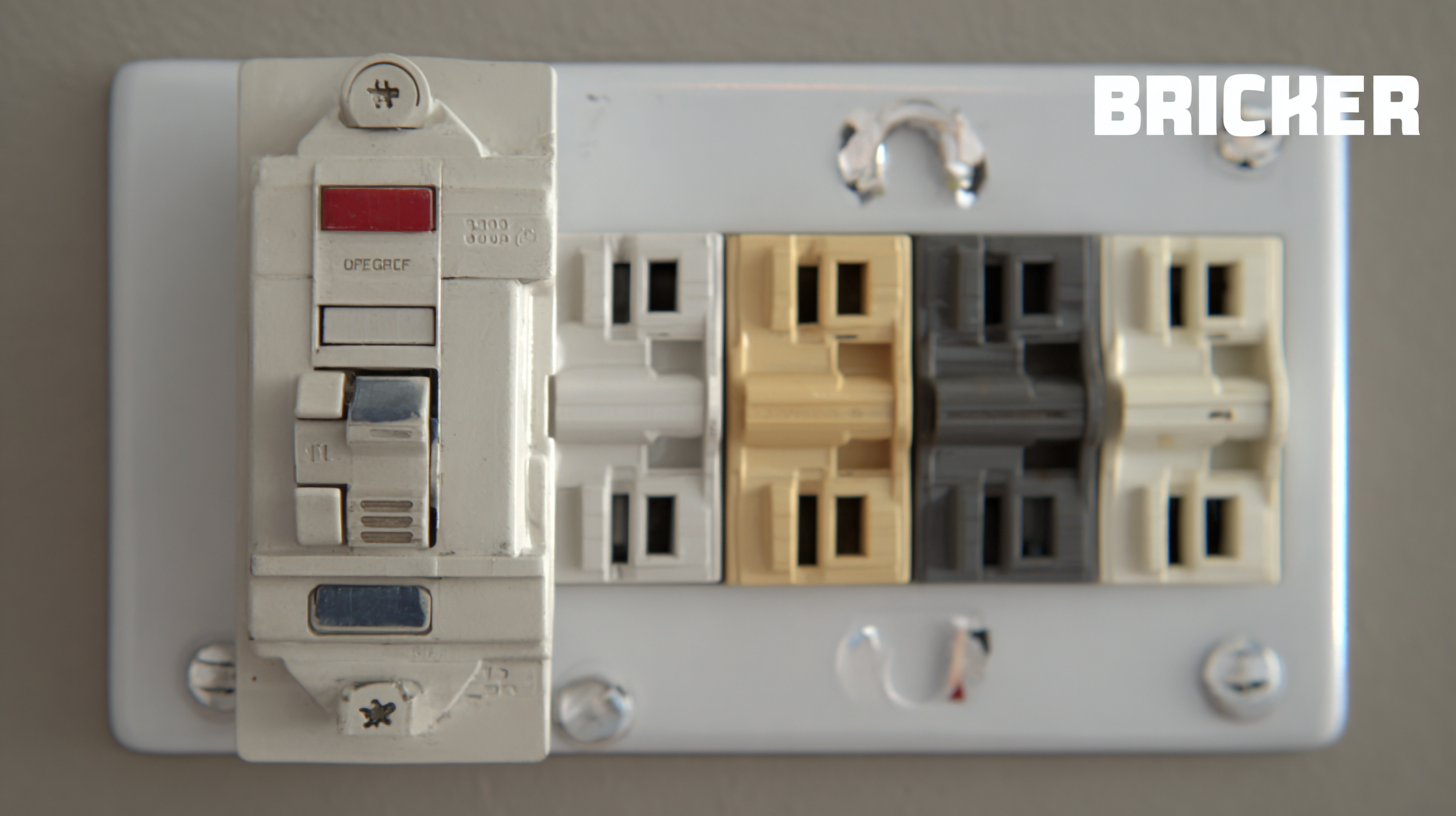
5 Secrets to Choosing the Best Circuit Breaker for Your Home
When it comes to ensuring the safety and efficiency of your home’s electrical system, one of the most critical components to consider is the circuit breaker. Selecting the right circuit breaker not only protects your home from electrical overloads and potential hazards, but also enhances the overall functionality of your electrical distribution system. However, with a myriad of options available on the market, choosing the best circuit breaker can be overwhelming. In this blog post, we will unveil five essential secrets to help you navigate the selection process effectively, emphasizing the importance of choosing a quality manufacturer. Understanding these key factors will empower you to make informed decisions, ultimately leading to a reliable and safe electrical environment in your home.

Understanding Circuit Breaker Ratings: Amperage and Voltage Explained
When selecting a circuit breaker for your home, understanding the ratings of amperage and voltage is crucial. Amperage refers to the maximum current a breaker can handle before tripping. According to the National Electrical Code (NEC), common residential circuits typically range from 15 to 30 amperes. Choosing a breaker with the appropriate amperage ensures that the wiring can safely handle the load of the appliances without the risk of overheating or fire. For instance, a 15-amp breaker is suitable for lighting circuits, while a 20-amp breaker is often used for kitchen outlets.
Voltage ratings, on the other hand, indicate the maximum electrical potential that the circuit breaker can manage. Most residential circuits operate on 120/240 volts. Selecting a breaker with the correct voltage rating is vital for maintaining electrical safety and efficiency. The Institute of Electrical and Electronics Engineers (IEEE) states that improperly rated breakers can lead to catastrophic failures and electrical hazards. Ensure that your circuit breaker aligns with your home’s voltage system to prevent issues down the line, safeguarding both your property and personal safety.
5 Secrets to Choosing the Best Circuit Breaker for Your Home - Understanding Circuit Breaker Ratings: Amperage and Voltage Explained
| Breaker Type | Amperage Rating | Voltage Rating | Application | Features |
|---|---|---|---|---|
| Single-Pole Breaker | 15A - 20A | 120V | Lighting Circuits | Easy installation, cost-effective |
| Double-Pole Breaker | 30A - 60A | 240V | Large Appliances | High capacity, reliable |
| Ground Fault Circuit Interrupter (GFCI) | 15A - 20A | 120V | Wet Areas (Kitchens, Bathrooms) | Protection from electrical shock |
| Arc Fault Circuit Interrupter (AFCI) | 15A - 20A | 120V | Living Areas | Prevents electrical fires |
| Main Breaker | 100A - 200A | 120/240V | Whole Home Protection | Controls power to entire circuit panel |
The Importance of Interrupting Capacity in Circuit Breaker Selection
When selecting a circuit breaker for your home, understanding the importance of interrupting capacity is crucial. Interrupting capacity, or the maximum fault current a circuit breaker can safely interrupt without failing, is a key specification that determines whether a breaker can protect your electrical system effectively. If the interrupting capacity is too low for the potential current that could flow during a fault, the breaker may not trip as intended, posing a serious risk of electrical fires or equipment damage.
Choosing a circuit breaker with the appropriate interrupting capacity ensures that it can handle unexpected surges in electrical current. This is particularly important in homes where high-demand appliances, such as air conditioners and electric heaters, are used. To make the best decision, you need to evaluate the potential short-circuit current in your home’s electrical system, which can be influenced by factors such as utility supply and the layout of your home's wiring. By selecting a breaker that meets or exceeds this capacity, you not only enhance the safety of your home but also prolong the life of your electrical appliances.

Assessing Different Types of Circuit Breakers: Standard vs. Ground Fault
When it comes to selecting a circuit breaker for your home, understanding the differences between standard and ground fault circuit breakers (GFCIs) is crucial. Standard circuit breakers are designed to protect your home by interrupting excess current flow, thereby preventing overheating and potential fires. According to the National Fire Protection Association (NFPA), over 50% of electrical fires are caused by faulty wiring or electrical equipment, which underlines the importance of having reliable circuit protection.
 On the other hand, ground fault circuit interrupters offer enhanced protection by detecting ground faults—situations where current escapes to the ground due to faulty wiring or moisture. This is particularly important in areas like kitchens and bathrooms, where the risk of electrical shock is significantly heightened. The Occupational Safety and Health Administration (OSHA) reports that GFCIs can reduce electrocution risks by up to 80%, making them an essential component in any modern home.
On the other hand, ground fault circuit interrupters offer enhanced protection by detecting ground faults—situations where current escapes to the ground due to faulty wiring or moisture. This is particularly important in areas like kitchens and bathrooms, where the risk of electrical shock is significantly heightened. The Occupational Safety and Health Administration (OSHA) reports that GFCIs can reduce electrocution risks by up to 80%, making them an essential component in any modern home.
Tip: Always assess your home's layout and electrical needs before selecting a circuit breaker. If you have outlets in wet areas, opt for GFCIs to ensure maximum safety.
Tip: Regularly test your GFCIs to ensure they are functioning properly. Most units have a test button that allows you to check their operation with minimal effort, helping to maintain a safe environment for your family.
Key Considerations for Residential Applications: Single-Phase vs. Three-Phase Systems
When selecting a circuit breaker for your home, one of the key considerations is whether to opt for a single-phase or three-phase system. Single-phase systems are typically the standard for most residential applications. They provide sufficient power for everyday household needs, such as lighting, appliances, and electronics. This simplicity often makes them a cost-effective and easier-to-install option for home users, ensuring reliable operation without the complexities that come with three-phase systems.
On the other hand, three-phase systems are designed for higher power demands and are often utilized in larger homes or properties with significant electrical requirements. These systems distribute electricity more efficiently and can handle heavier loads, making them ideal for situations where multiple high-powered appliances operate concurrently, such as in home workshops or when running central air conditioning. However, they may also require more complex installation and higher initial costs. Understanding your specific energy needs and future plans for your home will help you determine which system is the best fit for you.
Why Compliance with NEC Standards is Crucial for Home Safety and Functionality
When selecting a circuit breaker for your home, it's crucial to prioritize compliance with the National Electric Code (NEC) standards, as these regulations are designed to safeguard against electrical hazards. The NEC is continuously updated to reflect the latest safety protocols, ensuring that the electrical installations in your home are not only functional but also secure. Adhering to these standards means that your circuit breaker will effectively manage electrical loads, reducing the risk of overloads and potential fires.
In light of recent developments in electrical safety, such as the introduction of innovative safety modules for various applications, it’s evident that complying with NEC standards remains a top priority for manufacturers and homeowners alike. As we celebrate National Electrical Safety Month, it’s important to remember that the electrical infrastructure of your home should be both safe and compliant.
By choosing the right circuit breaker that meets NEC requirements, homeowners can enjoy peace of mind knowing their electrical systems are aligned with the best safety practices available, thus enhancing overall home safety and functionality.